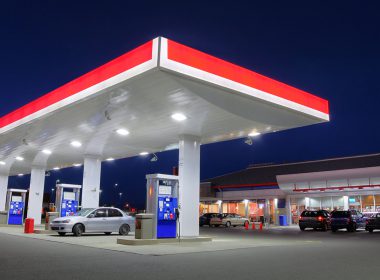Snapshot
- In resumption cases, the NSW Court of Appeal has stated that the market value of commercial land reflects its capacity to generate a profit.
- This principle explains the traditional approach to the valuation of leasehold interests by reference to any ‘profit rental’.
- It also suggests that in certain circumstances a lease may have market value separate to, and despite, any ‘profit rental’.
In the May 2019 edition of LSJ, we published an article on the Court of Appeal’s decision in Roads and Maritime Services v United Petroleum Pty Ltd [2019] NSWCA 41 (‘United’). The case was, and remains, significant because it had the effect of substantially narrowing the types of financial costs, including loss of profits, that may be claimed by dispossessed business owners as ‘disturbance’ under sections 55(d) and 59 of the Land Acquisition (Just Terms Compensation) Act 1991 (‘JTC Act’).
We then observed that the implications of some matters dealt with by the Court remained unclear – chief among which was a statement of principle to the effect that the market value of commercial land put to its ‘best economic use’ reflects its capacity to generate a profit in the future.
Properly applied, this proposition provides a formula with which to value the overall freehold estate in land, and, consequently, a new perspective on the valuation of leasehold interests. This notion is at first blush complementary to the traditional ‘profit rental’ approach (where the difference between market rent for a comparable property and the passing rent being paid can be quantified and claimed by a dispossessed tenant). Looked at more closely, however, it suggests that in certain circumstances a lease may have market value separate to, and despite, any ‘profit rental’.




